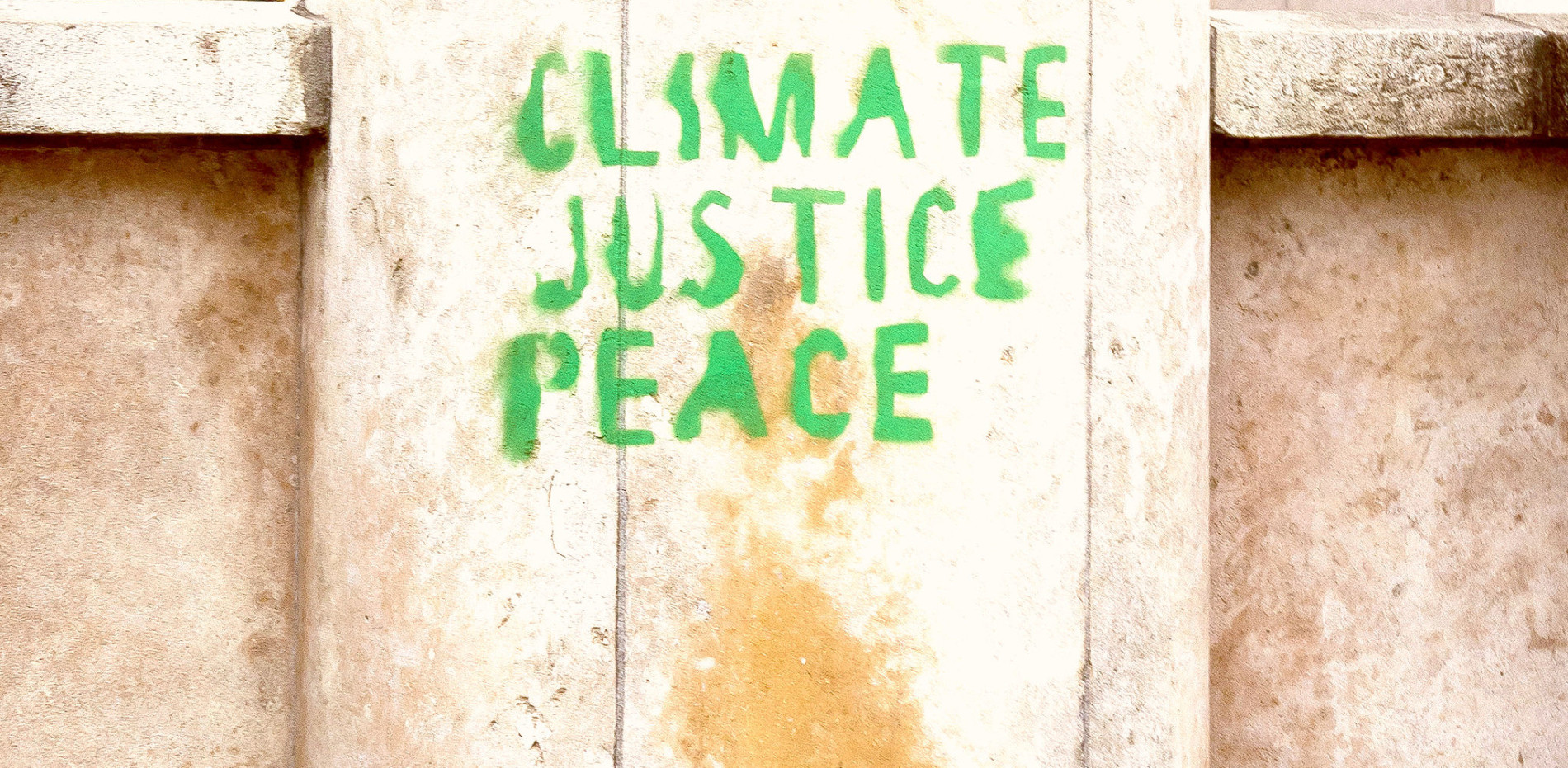This week sees the first instalment of Lacuna’s special edition on protest. Over the weeks that follow, we will be exploring protest in its many guises: from marches to occupations, from direct actions to online petitions. We will feature first-hand accounts of protest, analysis of various forms of activism, interviews, stories, poems, and much, much more.
We will be asking questions about the nature of protest and of its role in society today. What are the wrongs that provoke our anger and how do we take action in response? What makes protest in all of its forms enticing, legitimate, rewarding, fruitful, or indeed frustrating…?
As well as being the focus of our publications over the coming weeks, these debates will continue at a series of events being organised under the banner of ‘Protest and Performance Week,’ taking place at Warwick University in the week of 14th March. Many of our Lacuna authors will be talking about their work, alongside film, comedy and theatre productions. All are very welcome to attend.
Today, in the first instalment of our special issue, we focus on environmental protest. Such activism has always been notable for the diversity of its ideas, actions and ambitions; mass transnational movements against everything from nuclear energy to genetically modified organisms can be contrasted with local campaigns to save natural habitats and communities. Our offering reflects this diversity of approaches and perspectives.
In 2009, climate change was described by United Nations Secretary-General Ban Ki-Moon as the “the greatest collective challenge we face as a human family.” Seven years later, the need for a genuine response to this challenge remains as urgent as ever. Can protesters and activists drive meaningful change? In our featured article, ‘Climate Change and the Paris Conference: Seeing Hope in Activism’, Adam Weymouth reflects on his experiences with the protestors last December outside the COP21 UN Summit. Adam’s despair at the politics inside the conference hall was tempered by hope at the alliances activists formed outside, and what they might do next.
Theo LeQuesne picks up this same theme in ‘Post-Paris Activism: How to Build an Effective Global Struggle to Tackle Climate Change’. Theo argues that the activism witnessed in Paris will only continue to grow and flourish if people feel that their local campaigns can make a positive difference to the bigger global struggle. He offers up the Fossil Free divestment campaign as a role model for successfully linking the local to the global, and for inspiring activists to feel positive about their work.
Elsewhere in our special issue, we narrow the focus to tell the stories of individual campaigners. Dr. Katharina Karcher interviews the radical Catholic priest Father Martin Newell. He was recently arrested outside the UK’s Department for Energy and Climate Change for whitewashing the department’s walls and re-branding them with the words ‘Dept. for Extreme Climate Change’ in large black letters. We learn of Newell’s 20-year commitment to civil disobedience and of his call for us “to wake up to what is already happening to our world, make urgent changes and take urgent action.”
In ‘Refuge‘, Andy Brewin offers a different outlook. His piece reflects the growing weariness amidst certain groups – most notably the Dark Mountain Project – about the possibility of mass movements ever delivering a meaningful response to the socio-economic and environmental catastrophes that we face. Andy encourages us instead to reflect on our own lives and the possibilities of transformation that lie within.
Finally, in his poem, ‘The Smelter of Kereng Pangi’, Ben Logan switches the focus to the victims of environmental tragedies. Ben’s poem and Victoria Watson’s accompanying illustration encourage us to stop and think about those who produce our commodities, when it is often easier to shut our eyes and ignore their pain.
All of the pieces in this first instalment raise questions of scale. They interrogate the relationships between the local, the national and the global, as well as between the individual and the collective. How do the actions of a single campaigner relate to bigger social struggles? We will return to this theme over the coming months as we explore many other forms of protest and activism.
Banner photo by Julien B.
